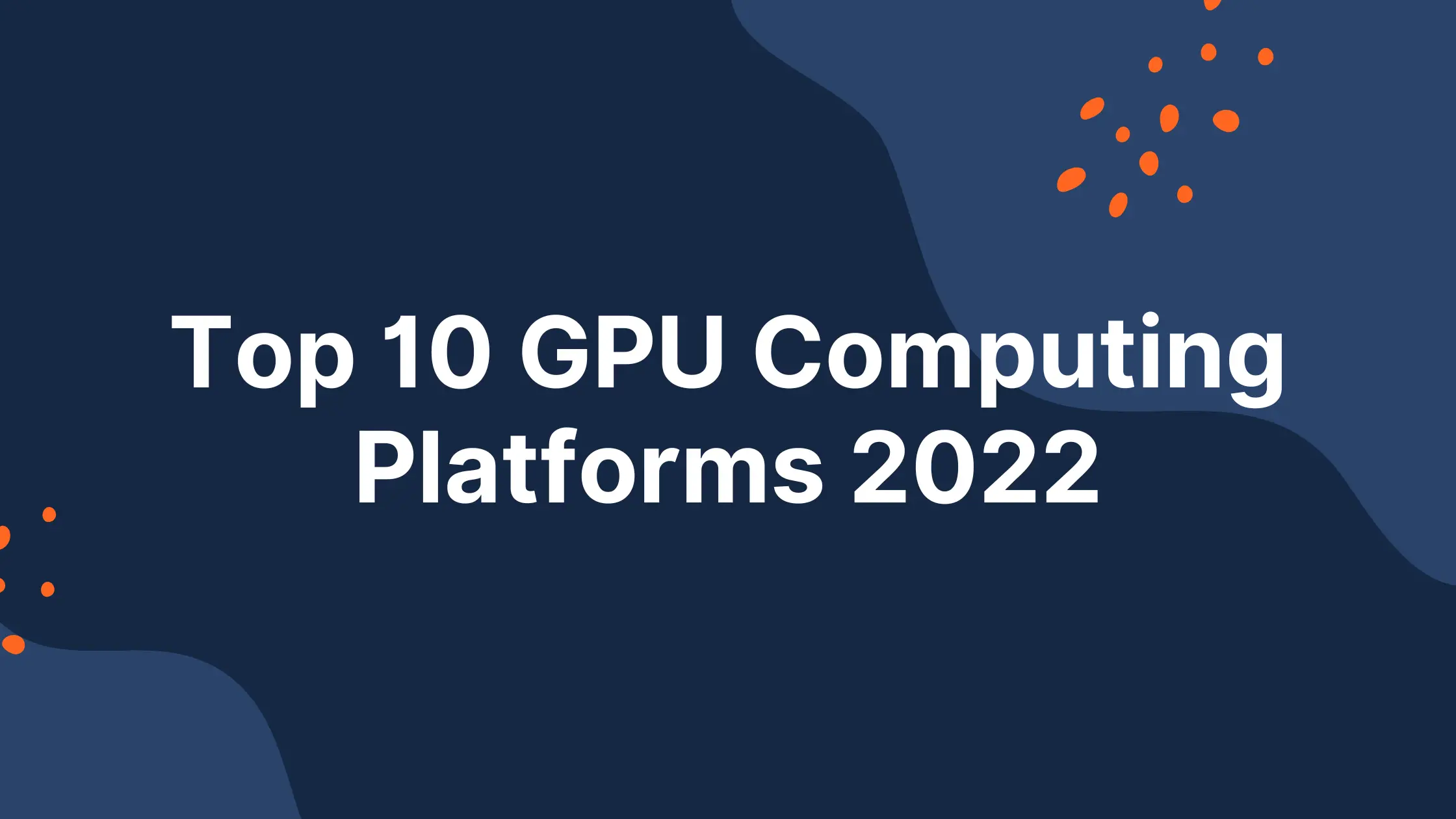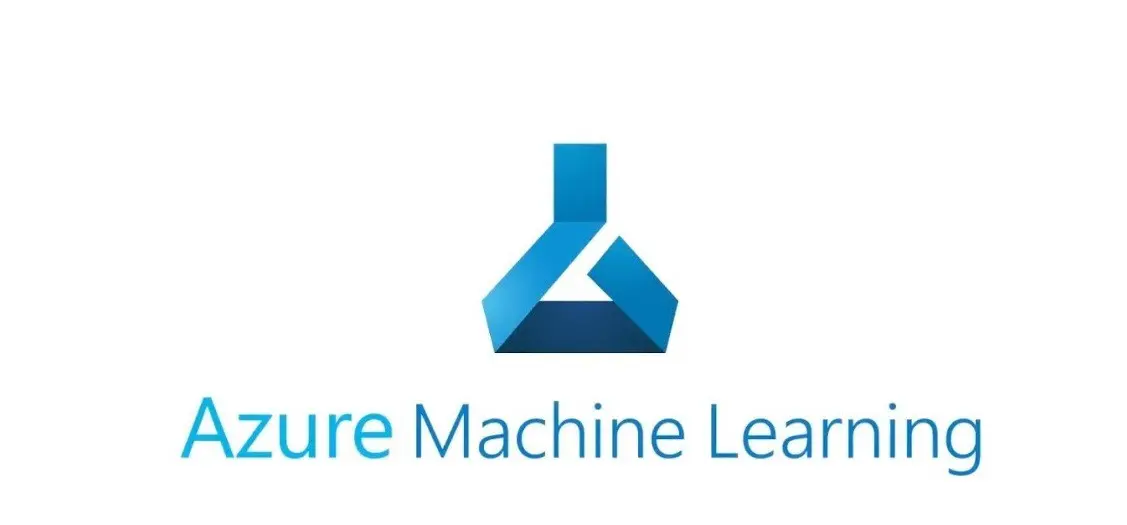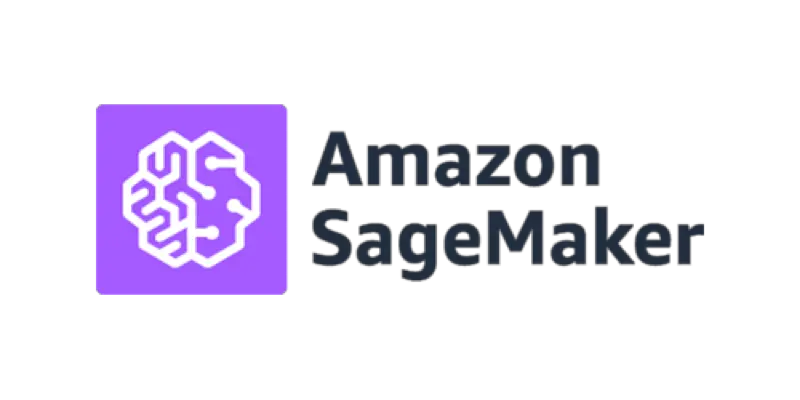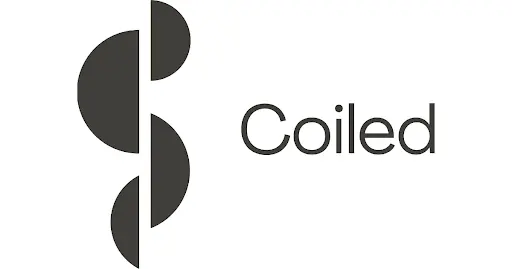Top 10 GPU Computing Platforms

GPU technology has led to massive performance gains for machine learning tasks, as well as enabling us to solve more complex and difficult Data Science problems. By applying GPUs to data science problems judiciously and thoughtfully, you can accelerate your work and your productivity substantially.
In this article, we’re exploring the top 10 cloud GPU computing platforms and services focused on factors including pricing, infrastructure, design, performance, support, and more. Dive in below to consider your cloud GPU necessities.

1. Saturn Cloud
Saturn Cloud is a data science platform for scalable Python, R, and Julia for teams and individuals enabling GPU computing to speed up data science by up to 2000x.
Saturn provides a flexible environment where data scientists can launch high-powered notebooks (Jupyter, R, VS Code, and more) in the cloud, quickly use Dask clusters, GPUs, deploy cloud resources to expand their data science capabilities, collaborate throughout an entire project lifecycle, and more. Get started for free here.

2. Domino Data Lab
Domino Data Lab’s MLOps platform gives users on-demand workspaces with GPUs, optimized with open source and commercial data science tools, frameworks, and libraries using popular compute frameworks like Spark, Ray, and Dask for deep learning and training workloads. DDL has a 14-day, no obligation free trial where you can experience a full Domino Enterprise MLOps Platform. Learn more here.

3. Google Colab
Colab is a hosted notebook service that requires no setup to use, while providing access free of charge to computing resources including GPUs. Colab users can choose between standard or “premium” GPUs in Colab. Standard GPUs in Colab are usually Nvidia T4 Tensor Core GPUs. Premium GPUs include Nvidia V100 or A100 Tensor Core GPUs. Learn more here here.

4. Paperspace Gradient
Paperspace Gradient is an end-to-end machine learning platform where individuals and teams can build, train, and deploy Machine Learning models of any size and complexity.Paperspace offers a free plan with limits to CPU and GPU machines. They also offer paid plans for greater access.

5. Azure ML Studio
Azure Machine Learning studio is a web portal in Azure Machine Learning that contains low-code and no-code options for project authoring. Azure offers a range of GPU options designed for high-end Deep Learning training and tightly-coupled scale-up and scale-out HPC workloads you can learn more about here. They offer a $200 credit to use within 30 days. While you have your credit, get free amounts of many of their most popular services, plus free amounts of 40+ other services that are always free.

6. Amazon SageMaker
Amazon SageMaker provides purpose-built tools for machine learning operations (MLOps) to help teams automate and standardize processes across the ML lifecycle. Their GPU offering includes Amazon EC2 P3 instances to easily train deep learning models. This includes up to 8 NVIDIA V100 Tensor Core GPUs and up to 100 Gbps networking bandwidth per instance. Learn more here.

7. Coiled
Coiled provides cluster-as-a-service functionality to provision hosted Dask clusters on demand. It takes the DevOps out of data science and enables data engineers and data scientists to spend more time on their real job and less time setting up networking, managing fleets of Docker images, etc. Coiled also supports running computations with GPU-enabled machines. Their free tier starts with 10,000 CPU-hours per month for free

8. Anyscale
Anyscale allows developers of all skill levels to easily build applications that run at any scale, from a laptop to a data center, including Ray Datasets that support running stateful computations on GPUs for batch inference on large datasets. Anyscale offers a free trial here.

9. Bodo
Bodo.ai is an extreme-performance parallel compute platform for data analytics, scaling past 10,000 cores and petabytes of data with unprecedented efficiency and linear scaling. The main thing to consider if you are using GPUs for deep learning is that a Bodo application typically uses all CPU cores on a cluster (there is one worker or process per core), whereas for deep learning only a subset of Bodo workers are pinned to a GPU (one worker per GPU). This means that data processed and generated by Bodo will need to be distributed to the GPU workers before training. Bodo offers a free trial you can learn about here.
10. DIY: Set up Jupyter on AWS
If you prefer the do-it-yourself approach, you can learn how to set up JupyterHub on Amazon Web Services (AWS) with GPUs here.
Summary
The data science platforms listed can provide a variety of resources, depending on your GPU needs. By comparing these different product offerings, we hope you found this comprehensive coverage of tools helpful to further your decision. If you’d like to contribute to this article, reach out to mel@saturncloud.io
Additional resources:
About Saturn Cloud
Saturn Cloud is your all-in-one solution for data science & ML development, deployment, and data pipelines in the cloud. Spin up a notebook with 4TB of RAM, add a GPU, connect to a distributed cluster of workers, and more. Request a demo today to learn more.
Saturn Cloud provides customizable, ready-to-use cloud environments for collaborative data teams.
Try Saturn Cloud and join thousands of users moving to the cloud without
having to switch tools.



